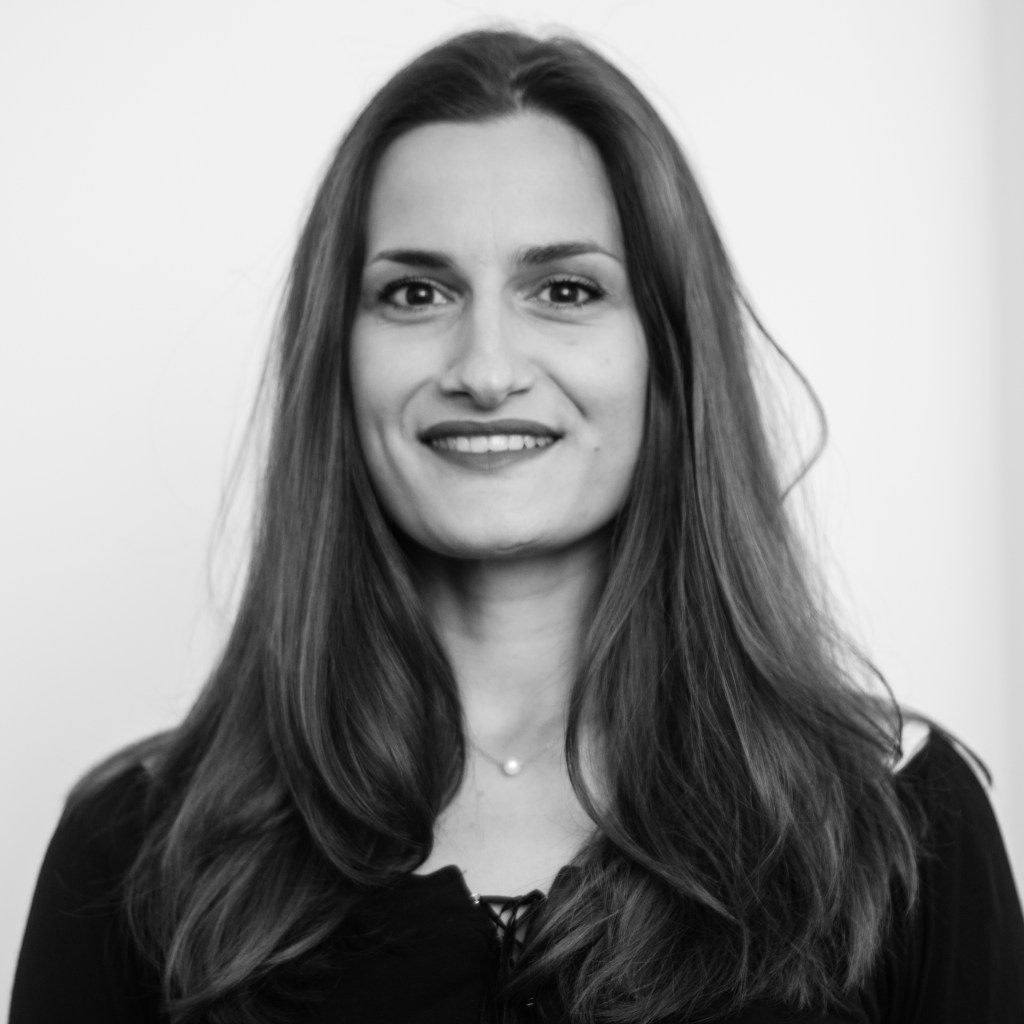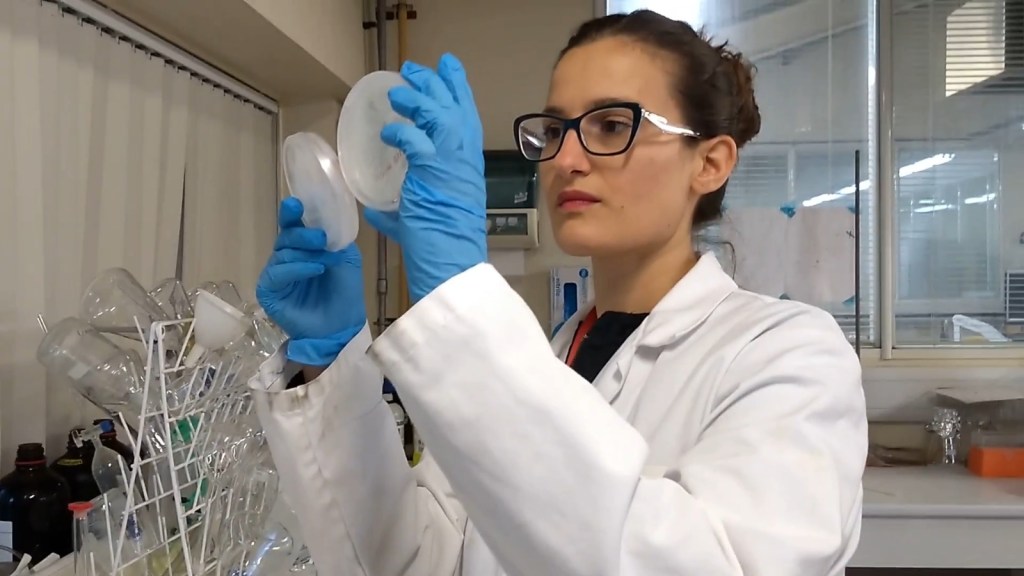
I was born and raised in Greece. I hold a PhD in Conservation Science from the University of Bologna in Italy and diploma in Civil Engineering (5-year studies) from the Aristotle University of Thessaloniki in Greece. I have worked as a research and teaching fellow in Italy, Hungary and Cyprus, with scientific contributions to the design and development of novel construction materials and the innovative application of micro/non-destructive techniques for building materials’ characterisation.
In 2018, I moved to the UK to work as a Marie Sklodowska Curie individual fellow at Cardiff University on self-healing geological materials and structures. In March 2020, and after the completion of my MSCA individual fellowship, I joined the Hub for Biotechnology in the Built Environment and School of Engineering at Newcastle University as a Newcastle University Academic Track (NUAcT) Fellow, where I am leading research on developing biological self-healing and other novel biotechnological processes for sustainable building and smart heritage conservation.
What made you choose this career?
Already during my university studies in civil engineering, I developed a strong interest in construction materials and the science for conservation. Soon after my universities studies, I was selected as an Early Stage Researcher, and together with other 15 researcher from all over the world and with different backgrounds, to join the EPISCON project (European PhD in Science for Conservation), an interdisciplinary programme coordinated by the University of Bologna and funded by the Marie Curie Actions. My PhD research focused on the durability of stone in monuments and the in-situ assessment of their properties and state of conservation. Following that, I worked as a postdoctoral fellow (research and teaching) at the University of Cyprus, almost exclusively focusing on heritage materials and how to bridge traditional and modern technologies for both contemporary and historic structures.

In 2018, I moved to the UK to work as a Marie Sklodowska Curie individual fellow at Cardiff University (GEOHEAL project). That was the time of my career when biotechnology was added to my main research interests.
I got passionate about this new scientific area and the benefits it could bring to the construction industry and the fact that the GEOHEAL project attracted interest from wide-ranging media sources, such as BBC Wales, Forbes, The Engineer, New Civil Engineer, TECH Explorist, Horizon Magazine and more, was also a great motivation for continuing my research in this field. During my MSCA fellowship, I was encouraged to develop and submit funding applications in order to ensure that the outcomes from that work would be taken forward. Towards that direction, I received significant support from Dr Michael Harbottle, the academic advisor of the project, and I practiced my writing skills for funding application exploiting the training offered by the host (Cardiff University) and other institutions.
Before the end of the project, I was successful in my application for a 5-year Academic Track fellowship at Newcastle University, proposing biological self-healing for sustainable building and smart heritage conservation. In March 2020, I started my new role as an independent scholar at the world’s first Hub for Biotechnology in the Built Environment, which envisions to develop biotechnologies to create a new generation of Living Buildings which are responsive to their natural environment.
Did you have any courses on your current research topic during your university studies? Otherwise, how did you learn and get passionate about it?
My 5-year university studies in civil engineering and my interdisciplinary training in conservation science during my PhD were fundamental for my research career path. However, microbiology and self-healing were not included there. And here comes the beauty of the MSCA fellowships. They are particularly focused on the development of the fellow, training in new scientific areas and skills and exchange of knowledge from both sides: the fellow and the host. Dr Harbottle had already a strong experience in biological aspects of civil and environmental engineering and I brought expertise in building stone, masonry structures and conservation science. I had the chance to join the host’s broad network of engineers and scientists via the Resilient Materials 4 Life project (a UKRI funded project developing self-healing and self-diagnostic technologies for the construction industry) and complement it with access to a wider network in the fields of masonry materials and conservation. All the above allowed me to establish self-healing masonry materials as a cornerstone of my career.
At the HBBE, I have joined an interdisciplinary group of experts (designers, architects, engineers, microbiologists, molecular biologists etc.), which provides further opportunities for continuous learning, new collaborations and engagement with pioneers in the fields of biotechnology and biodesign, the academia and the industry, all having as common aim to catalyze innovation for a building industry fit for the 4th Industrial Revolution by blurring the lines between the physical, digital and biological.
What do you enjoy most about your job?
Creativity is the first word that comes into my mind and I believe it is at the heart of successful and excellent research! I am also passionate about continuous learning, exchange of knowledge, and the opportunity to contribute to the international targets for a safer and more sustainable built environment, which will be friendlier to the people and our planet.
How important is it to have European wide or international collaborations in your field, and how do you create them?
Very important, if not essential! Having a wide international network is one of the keys for excellence in research and in my case that has been particularly enhanced with mobility.

At an early stage of my career, I had the chance to carry out my PhD within the Marie Curie Early Stage research training framework. Later on, I was awarded an MSCA IF. That allowed me to conduct my research in more than eight different European institutions. It is not an easy path, and it includes benefits and challenges, but it is vital that there are funding schemes like the EU MSCA to encourage and support researches to follow that path, if they wanted.
Picture taken during the Summary of the Day session of the 6th MCAA General Assembly and Annual Conference in Vienna in 2019. She spoke about the GEDI WG session ‘Mind the Gap – Equality and Diversity for Leadership in the Research/Academic Environment’
Was it difficult to get an MSCA fellowship, which crucial steps in your career helped you to succeed to get this funding?
It’s a very competitive scheme, but it’s definitely worth trying. Coming up with an excellent innovative idea and demonstrating relevant experience with publications are essential steps but building a top-quality research profile is a much more complexed process. In my case, one of the most crucial steps was actually the one I made right at the beginning of my career: the decision to leave my country and become a mobile researcher. I had the chance to stay in Greece, as I had been admitted to one of the most prestigious postgraduate programs in the field of conservation, but I accepted the challenge to go abroad and experience new academic environments as a Marie Curie Early Stage Researcher. That decision boosted the development of certain aspects of my career, professional and personal skills that proved to be significant for getting the MSCA individual fellowship later on such as international networking, openness to new scientific areas, resilience and readiness to adapt to cultural and geographical changes.
What was your motivation to become active in the Marie Curie Alumni Association? Which is the impact on your daily work that you became expert in Gender Equity Diversity and Inclusion by heading the GEDI working group of MCAA?

I strongly believe in the power of Equity, Diversity and Inclusion (EDI) in all aspects of our society and I have dedicated myself to ensure these among researchers. The challenges paving a research career strengthened my dedication to take actions for a fair and safe research culture.
I joined the MCAA in 2014 and I was one of the founding members of the GEMS WG, the predecessor of GEDI (Genders, Equity, Diversity and Inclusion) WG, which I have been chairing since 2018. My experience in leading interdisciplinary research, advocating for EDI, as well as having personally experienced the benefits and challenges of mobility are valuable assets that have enabled me to bring MCAA closer to its goals of promoting a responsible and ethical research environment through the activities of the GEDI WG. In turn, the experience I have gained by heading the MCAA GEDI WG, has proven to be fundamental for better integrating EDI principles into my research, teaching and leadership activities.
If you could get everything you wish for to conduct your research, no matter the price, what would you dream of to get for your next experiment or research?
That’s a very good question! The current pandemic has affected everyone so much that I can’t help it but first dream of the time when everyone is safe and healthy and we can experience again the vigorous research environment at its best, being wiser, more compassionate and balanced.
To conclude, what is the major impact you expect your research/your research field may have for society?
My research develops technologies that can resist weathering and can provide to masonry structures an inbuilt immune system based on biological mechanisms. Although biomineralisation has been explored for consolidating porous materials and as a possible pathway for a new class of green self-healing building materials, the technology has yet to be explored for a range of environmentally friendly, cementless materials (e.g. stone, lime-based mortars, earth-based composites), which are bioreceptive and suitable for biomineralisation. Such materials are invaluable to the market for affordable vernacular architecture in developing countries and constitute a significant part of masonry and heritage structures in Europe, but they gradually deteriorate.
My aim is to overcome the scientific challenges of developing applications for existing/bulk materials and structures by relating developed technologies to real needs of in-situ applications and offering local and bespoke solutions. In doing so, it will promote the adaptation and reuse of existing properties and heritage buildings as an alternative solution to the increasing development of new constructions, develop smart technologies for reducing the disruptive maintenance needs of new and existing structures and offer radical solutions that align with the international targets for sustainable development and reduced emissions. Coupled with other advanced (bio)technologies, my research also aims to investigate ways of upgrading the overall performance of the targeted structures.

